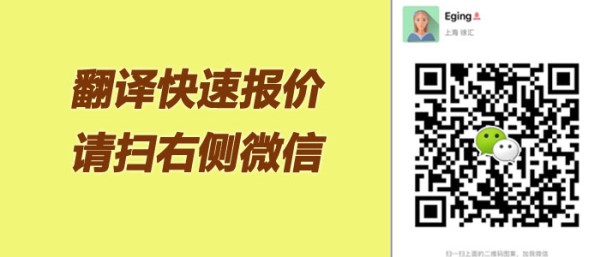The celebration of Father's Day was inspired by the success of Mother's Day (which was observed nationally for the first time in 1914). Sonora Smart Dodd of Spokane, Washington, was listening to a Mother's Day sermon in church in 1909 and decided that fathers deserved a similar day of recognition. Her father, a Civil War veteran, raised Sonora and her five siblings after their mother died in childbirth. She circulated a petition suggesting the third Sunday in June (the month in which her father was born) and urging people to wear a rose on that day in honor of their fathers. The first Father's Day was celebrated on June 19, 1910. It was not until 1966, under President Lyndon B. Johnson, that it was proclaimed a national holiday and observance of this on the third Sunday in June was made a law in 1972.
The word father first appeared in Old English spelled as fæder (c. 825), having derived from assumed Germanic fadar. It has cognates (relatives) in many other languages: Dutch vader and German Vater, as well as forms in Old Norse, Swedish, Danish, Gothic, etc., Latin and Greek pater, Old Irish athir, and Sanskrit pitar; all of these words share an Indo-European root. The use of the word father as a verb did not occur until 1483. Common synonyms for father are dad and daddy (c. 1500), papa (c. 1681), pa (c. 1811), pop (c. 1838), poppa (c. 1897), and pops (c. 1928). (You only need to capitalize father or its synonyms when you are referring to your own father.)
Just as the carnation became a symbol of Mother's Day, the rose was suggested and became connected to Father's Day. Some observe the custom of wearing a red rose to indicate that one's father is living or a white rose to indicate that he is deceased. The flower and plant rose comes from a shrub of the genus Rosa. Red is the most frequent color, but roses are also white, yellow, pink, and various shades of peach and pink. The Old English form rose came from Latin rosa, which may have been an adoption of the Greek word rhodon, "rose."
The creation of Mother's Day was a godsend for the florist industry. Its counterpart for Father's Day is the necktie or tie. Neckties started appearing on the earliest Father's Day greeting cards and retailers saw this and took advantage, suggesting this as a great practical gift. The word tie ("band, cord, rope") came into Old English by 800 in the form teah, teag, or teagum, developed from Proto-Germanic. The word necktie dates from around 1838 when it first hit the fashion scene as a narrow band of material worn around the collar (neck) of a shirt and tied in front. As early as 1920, the custom of giving a neckties to fathers as a token of affection took hold. Other popular gifts are socks, pipes and cigars, and shirts.
Golf is a game that many fathers look forward to enjoying before or after being feted on Father's Day. The word originally comes from Scottish (golf, gouf) for the game was first played in Scotland by 1457. The word might be related to Dutch kolf, "bat, club" (derived from Proto-Germanic), but no definite connection has been shown. The verb golf, "to play golf," did not emerge until 1800.
The word family first referred to the servants of a household and then to both the servants and the descendants of a common ancestor. It comes from Latin familia, "household; household servants," which came from another Latin term famulus, "servant." It was not until 1667 that the term was used specifically for the group of persons consisting of parents and their children.
The history of greeting cards goes back hundreds of years. Early greeting cards were hand-delivered and handmade. Their popularity forced the introduction of the first postage stamp in 1840. The oldest known greeting card in existence is one for Valentine's Day, made in the 1400s and now displayed in the British Museum. The most popular card-sending holidays in order are Christmas, Valentine's Day, Mother's Day, Easter, and Father's Day. Together, the Greeting Card Associations says these five card-sending holidays account for 96 percent of individual seasonal card sales.





